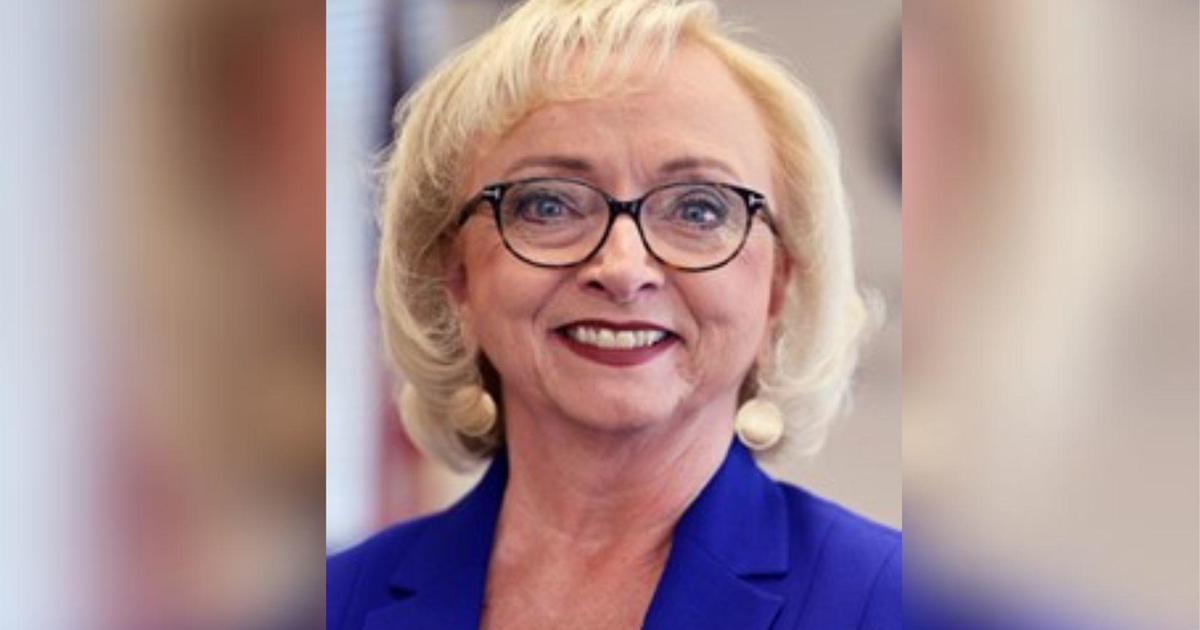Carroll County School Tries Flipped Classrooms
ALISHA GEORGE
Carroll County Times
ELDERSBURG, Md. (AP) -- Taylor Jones is enjoying the new way she's learning math.
Jones, a freshman, is part of a conceptual algebra class at Liberty High School that's functioning under a flipped classroom model. Students watch a lecture for homework and then work on practice problems and ask questions of their teacher the next day in class.
"I think it's a lot easier," she said.
Liberty High School has piloted the flipped classroom and OpenCourseWare independent study courses this school year as part of a larger transition to digital learning.
Students in certain social studies, science and math classes throughout all grades and academic levels are currently taking part in the flipped classroom pilot.
Jared Wastler, assistant principal at Liberty High School, said the goal is to move the school away from a static educational environment by getting students and staff members more connected to technology.
"Last spring, we asked if we could pilot the flipped classroom model," he said. "We wanted to make sure we did it in a way that we utilized county technology and resources to best benefit our students and our staff."
Teachers who volunteered to be part of the pilot received training in the flipped classroom model last summer and started using the teaching method in at least one of their classes in the fall.
"All of them have continued," he said. "Some have added additional classes."
Callie Gillen, math teacher at Liberty, said her algebra class is made up of freshmen who have grown up in the technology age.
"So, we thought they might be receptive to this type of learning," she said. "A lot of the kids like the fact that they can get an app on their phone and watch (the video)."
The site they visit, Edmodo, looks like a social networking site.
Math is a good subject to use a flipped classroom model for because students can memorize formulas and other knowledge at home, then come into class to practice problems and ask questions, Gillen said. Her conceptual algebra students will take the High School Assessment test this year.
"We're able to spend a lot of time looking at HSA problems that focus on the concepts from the videos," she said.
Gillen, a teacher in her fourth year, said she had some minor issues transitioning to a flipped classroom at first, but she will continue to use the model in at least some of her courses.
"The hardest part was really recording the videos," she said. "I've gotten more comfortable with it."
Wastler thinks it has been a challenge for teachers to shorten their lectures from about 45 minutes long to 5- or 10-minute videos.
"They're cutting out superfluous content," he said. "So, it's watching teachers grow and learn how to deliver content efficiently for their students in a limited amount of time."
While watching the videos at home, students fill out what is called a "Watch Summarize Question" form, to which they can refer the next day for their practice problems.
On the sheet, they write down where and when they watched the video, a summary of what they learned and any questions they have.
Freshman Kyle Dale, who used the sheet to help him solve problems in class Feb. 21, said he thinks the flipped classroom is better than spending his time taking notes while listening to a lecture during class.
"We have more time in class to do work," he said.
Tylerann Jahraus, another freshman, finds homework now takes less time to complete. Students can also study for a test by going back and re-watching old videos.
Gillen said while it works well in her algebra class, she's more hesitant to use the flipped classroom with her Advanced Placement calculus students.
"It would be a tough adjustment at first because the content is so much trickier," she said.
Wastler said Edmodo has an alerts feature, which helped get information out to students during the many snow days used this year. Students with the phone application will get the alerts sent right to their phone.
There is also a place on the site where students can ask questions and teachers can reply -- something the entire class can see.
"It catalogs all the questions so the teachers can go back and use the questions from a previous semester to predetermine where they need to change in the instructional process," he said.
Wastler believes the best feedback he's gotten about the flipped classroom model is from parents and students.
"Initially the feedback was negative when they started," he said. "They don't realize it's only 5 or 10 minutes (of video), watched at their own pace."
Students quickly become attached to the digital learning because they have more control over their education, Wastler said. Parents now also look at it favorably.
"They can see exactly what their student learned with that video so they can support their student at home," he said.
Liberty has just designed an online learning module that went live Feb. 21, Wastler said. Any staff members who would like to implement flipped classrooms next school year can be trained and have access to resources through the module.
The flipped classrooms have gone so well, Liberty administration decided to redesign its entire professional development program around the concept and no longer has faculty meetings.
Staff members are provided with online resources, such as learning modules, and information via the Internet, Wastler said.
"(We're) using our time that's limited with them to actually collaborate rather than provide information," he said.
During the current spring semester, the school is using the OpenCourseWare program for the first time. With it, students are using free, online classes for independent study, Wastler said.
Four students are taking free classes put online by the Massachusetts Institute of Technology and one student is taking a course through the University of California, Berkeley. Course subjects include microeconomics, introduction to disease and cancer research and nutrition.
Participating students must complete the online course in nine weeks, or a quarter of the school year, then complete a research project with an industry mentor, Wastler said.
The culminating experience, during which the mentor visits the school, is a presentation of their research and a reflection on their learning, Wastler said.
"That initial flipped classroom pilot ... has allowed us now to find a new avenue for a very similar program for a different group of students with different needs," he said.
Implementing the flipped classroom model, OpenCourseWare and any training or resources given to educators has been implemented without a cost by using free websites and Google Hangouts, Wastler said.
"Zero expenditure to our school system, or us, yet we've been able to institute a program of connectedness," he said.
------
Information from: Carroll County Times of Westminster, Md., http://www.carrollcounty.com/
AP-WF-03-02-14 1530GMT
(Copyright 2013 by The Associated Press. All Rights Reserved.)



